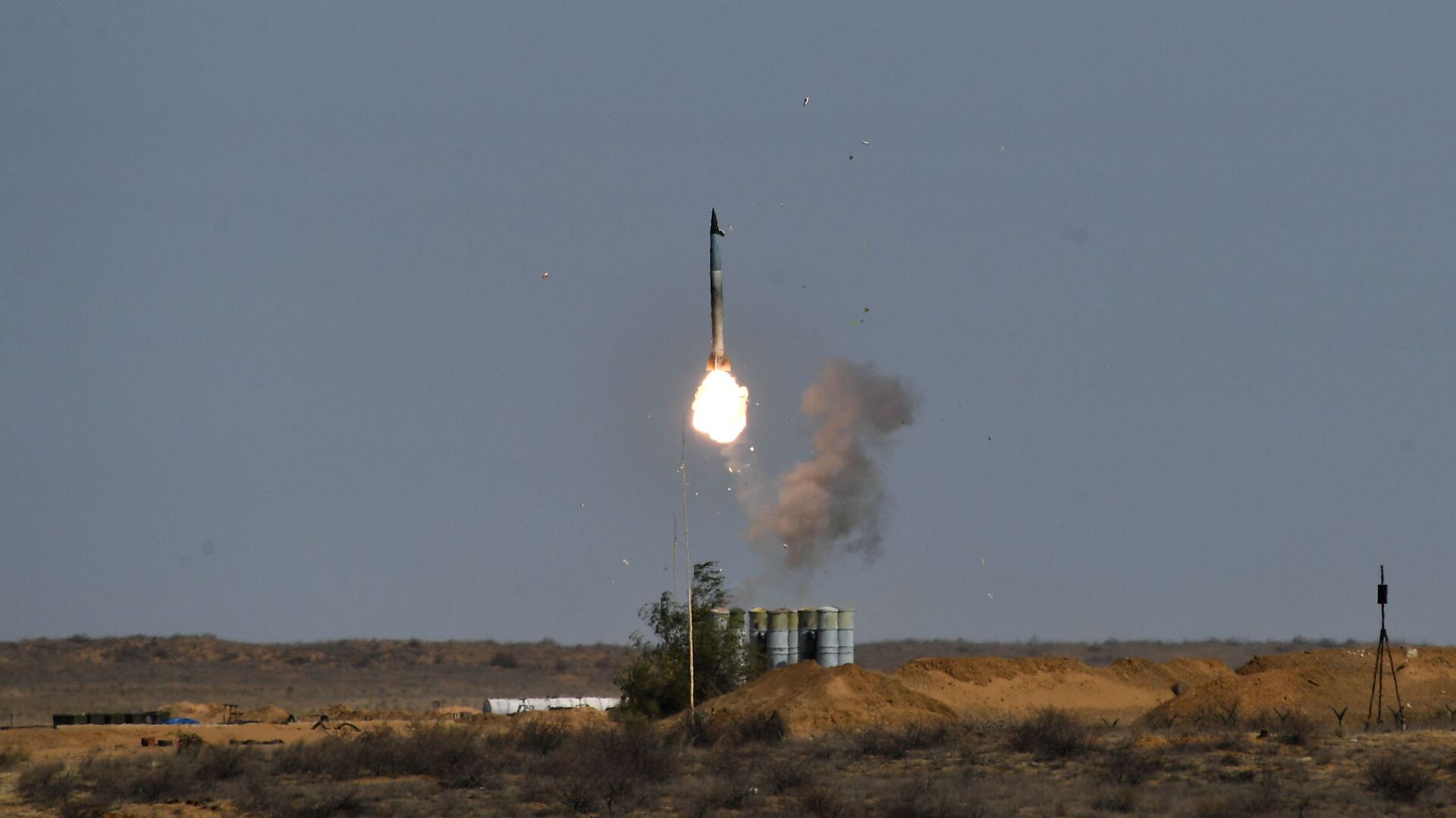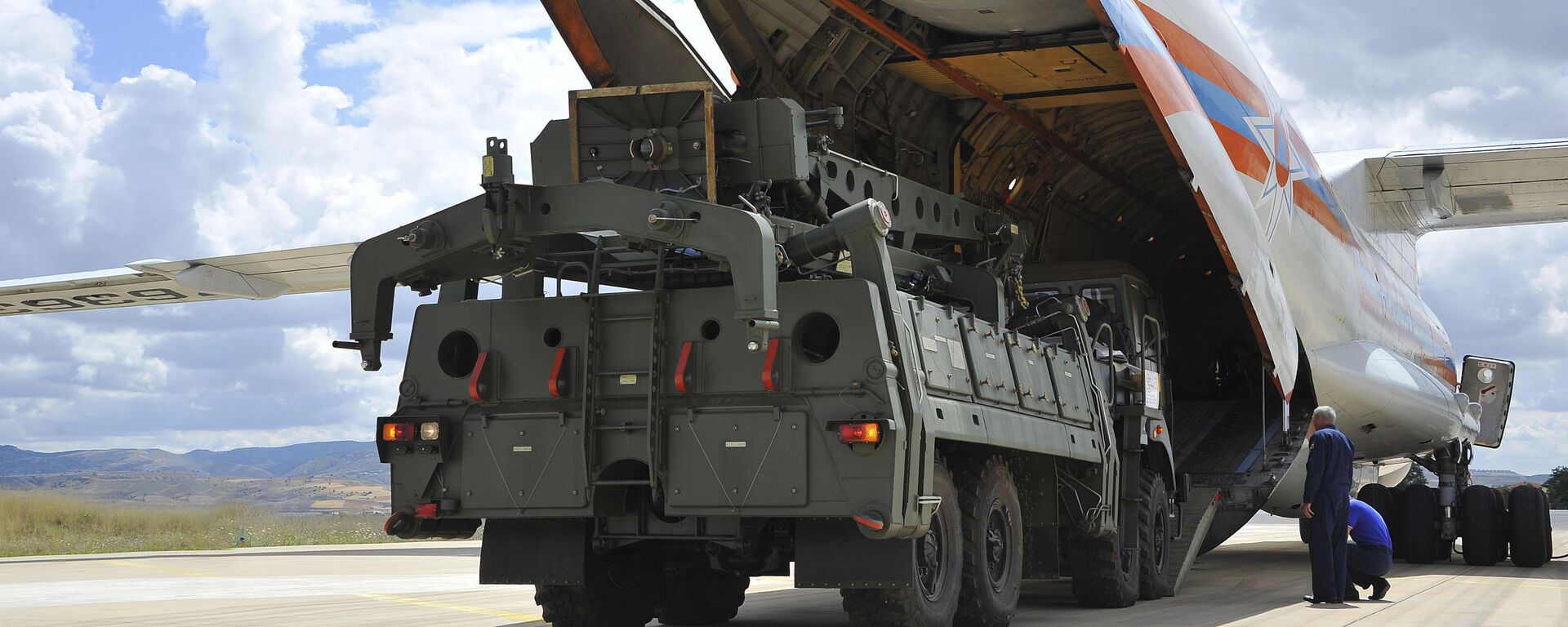US House Approves CAATSA Waiver for India Over Purchase of Russian S-400s to Deter ‘Aggressors’
10:57 GMT 15.07.2022 (Updated: 10:44 GMT 19.07.2022)

© Sputnik / Maksim Blinov
/ Subscribe
India signed a $5.43 billion deal with Russia in 2018 for the delivery of five columns of S-400 systems by 2023. The first systems under the deal were delivered to India this year and are already deployed in the northern state of Punjab to cover the borders with Pakistan and China, as per Indian Army officials.
The US House of Representatives has passed a “historic amendment” to the National Defense Authorization Act (NDAA) to grant India a sanctions’ waiver over its purchase of S-400 Triumf surface-to-air missiles from Russia.
The amendment to the 2019 NDAA, passed unanimously through a voice vote on the floor of the house, calls for exempting India from sanctions under the 2017 Countering America's Adversaries through Sanctions Act (CAATSA), a US law passed in 2017 meant to discourage other nations from entering into military deals with Russia, Iran, and North Korea.
Under the NDAA, the US president has the authority to grant a sanctions waiver to a particular country at risk of violating the provisions of CAATSA.
A press release by Indian-American Democratic Congressman Ro Khanna, the author of the amendment and a member of the congressional India Caucus, further “urged” the Biden administration to grant a sanctions waiver for India in order to “deter aggressors,” with China being listed as one of them.
The Indian Army and the People’s Liberation Army (PLA) have been embroiled in a deadly border standoff since May 2020, which remains unresolved in spite of 16 rounds of military commander-level talks. The next round of discussions is scheduled for July 17.
As part of their respective military build-up at the Ladakh border, Beijing has reportedly also deployed two systems of S-400 anti-aircraft missiles at Ngari Gar Gunsa and Nyingchi in the Tibet Autonomous Province (TAR).
The text of the amendment states that a “strong” India-US defense partnership is “critical to advance United States’ interest in the Indo-Pacific region.”
Acknowledging New Delhi’s “reliance” on Russian-built weapons for its national defense needs, the amendment further says that Washington must accelerate efforts to wean India off Russian systems. It added that the US, at the same time, must support “India’s immediate defense needs.”
The Biden administration has so far remained non-committal on granting a CAATSA waiver for India, despite calls from several American lawmakers that sanctioning India for its military deal with Moscow could have a “deleterious” effect on the India-US strategic partnership.
In 2020, the former Trump administration sanctioned Turkey, a NATO ally, under the CAATSA for its purchase of S-400 systems from Moscow.
Amid the looming threat of American sanctions over the S-400 deal, New Delhi has maintained that it didn’t accept “unilateral” sanctions. The Indian Foreign Minister S. Jaishankar stated earlier on an occasion that New Delhi would act in its “national interest” as far as the issue of sanctions under CAATSA was concerned.
While Moscow still remains India’s largest source of weapons and defense systems, Russian arms exports to India declined by 53 percent between 2016 and 2020 compared with the previous five years.
During the same period, New Delhi bought $3.4 billion worth of US armaments, a significant rise when stacked up against the preceding five years.




